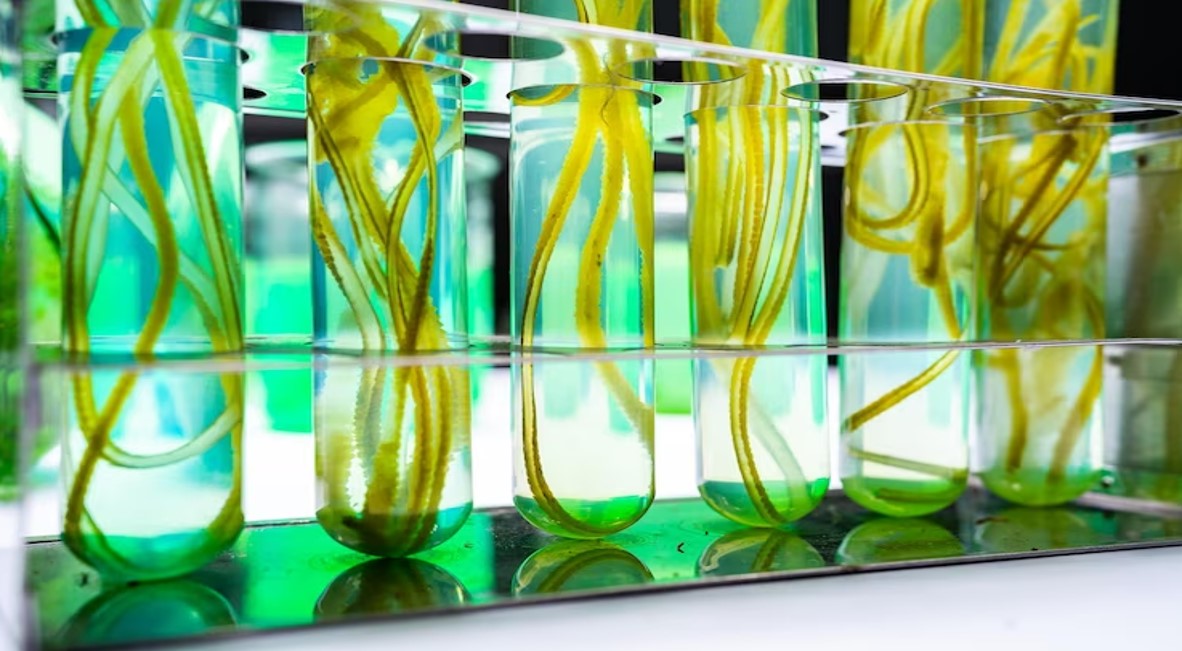The bioprocessing industry continually seeks advancements in technology to enhance efficiency and productivity. Among these innovations, hollow fiber bioreactor (HFBs) stand out for their remarkable efficiency and unique design. This comprehensive article delves into the world of HFBs, offering a detailed analysis that incorporates more information, data, and statistics than typically found in similar content.

1. Introduction to Hollow Fiber Bioreactors
HFBs represent a significant innovation in bioprocessing technology. They are designed to enhance cell culture efficiency and are increasingly becoming integral in various biotechnological and medical applications.
2. The Design and Working Principle of HFBs
HFBs consist of a bundle of hollow fibers, made from semi-permeable membranes, housed within a shell. The unique design allows for high cell density cultures, efficient nutrient supply, and waste removal, simulating a capillary network.
3. Key Advantages of Using Hollow Fiber Bioreactors
- High Cell Density Cultures: HFBs support significantly higher cell densities compared to traditional bioreactors.
- Efficient Nutrient Utilization: The design facilitates efficient nutrient supply and waste removal.
- Reduced Shear Stress: Cells in HFBs experience lower shear stress, enhancing cell viability and productivity.
4. Applications in Biotechnology and Medicine
- Antibody Production: HFBs are ideal for producing monoclonal antibodies due to their high cell density capabilities.
- Tissue Engineering: They provide a 3D culture environment suitable for tissue engineering applications.
- Vaccine Production: Utilized for the growth of viruses and other microorganisms in vaccine development.
5. Innovations and Technological Advancements in HFBs
Recent advancements include the development of more efficient fiber materials, automation in bioprocessing, and integration with continuous culture systems.
6. Comparisons with Traditional Bioreactor Systems
While traditional bioreactors, like stirred-tank reactors, are widely used, HFBs offer advantages in terms of cell density, scalability, and efficiency, especially for specific applications like antibody production.
7. Challenges and Considerations in Using HFBs
- Scalability: Scaling up HFBs for large-scale production remains a challenge.
- Operational Complexity: They require specialized knowledge and careful handling.
- Cost Implications: Initial setup costs can be higher compared to traditional systems.
8. Future Prospects in Hollow Fiber Bioreactor Technology
The future of HFBs looks promising, with ongoing research focusing on enhancing scalability, reducing operational complexities, and integrating advanced monitoring systems.
9. Conclusion
Hollow fiber bioreactors are a game-changer in the field of bioprocessing. With their unique design and efficiency, they offer significant advantages over traditional bioreactor systems, marking a pivotal advancement in biotechnological and medical applications.



Facebook Comments